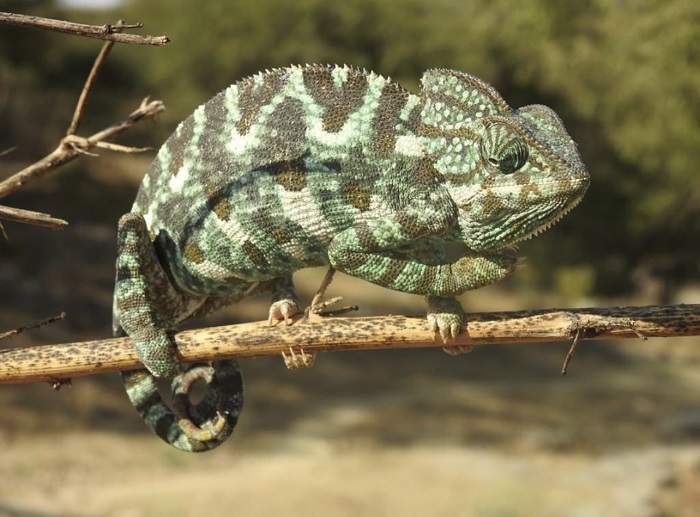
Muscat: The Al Buraimi Oasis Nature Reserve has a rich resource of animal and plant life, making it one of the important sites for protecting and preserving biodiversity in the Sultanate of Oman.
The reserve includes a distinct collection of plants and wildlife, as well as rare wild animals that are on the verge of extinction. It is interspersed with some valleys that are important for the growth of plants and animals. Farming and grazing are still the most prominent activities of the people living in the region.
The Al Buraimi Oasis Nature Reserve is located in the mountain range extending from the north of Shu'iya in the Wilayat of Yanqul, and is bordered by the village of Al-Uqair in the Wilayat of Saham from the east, and the villages of Al-Khad and Khadraa Al-Makatim in the Wilayat of Sohar from the north, all the way to Wadi Sa' in the Wilayat of Buraimi from the northwest.
Mahmoud bin Mohammed Al Balushi (environmental inspector at the Buraimi Environment Department) said:"The Al Buraimi Oasis Reserve is located in the Western Hajar Mountains in climatically dry and semi-arid areas."
Al Balushi stressed that during the initial field surveys conducted in the region, 80 plant species were observed. Some species use valley streams and slopes where rainwater collects, as a suitable ground to thrive. In addition, they are found in clusters, forming oases on the banks of the valleys. These types include Samar, Ghaf, Halaf, Qafs, Sidr, Farfar, Sidaf, Salam, and Rak. In addition, the mountain range contains many trees, shrubs, including Al-Attam, Al-Shu'a, Al-Ja'dah, and Al-Asbaq.
Al-Balushi added that 17 species of wild birds were recorded: They are mountain pigeon, Arabian partridge, endangered Egyptian vulture, bald eagle, hoopoe, black-cheeked bulbul, palm lizard, bee-eater, and crested lizard.
Al Balushi explained that some sites in the reserve still maintain good vegetation cover. It is frequented by wild herbivorous animals, including the Arabian ibex, Arabian gazelle, wild rabbit, desert lizard, and other rodents.
He pointed out that the availability of water - even if it is scarce - allows wild animals to coexist with domesticated animals.
It is worth noting that the Al Buraimi Oasis Reserve provides natural habitat for Omani wildlife, so the authorities implement policies to reduce violations against wildlife. Preserving the biodiversity of the region and reducing human interference are the priorities of the government